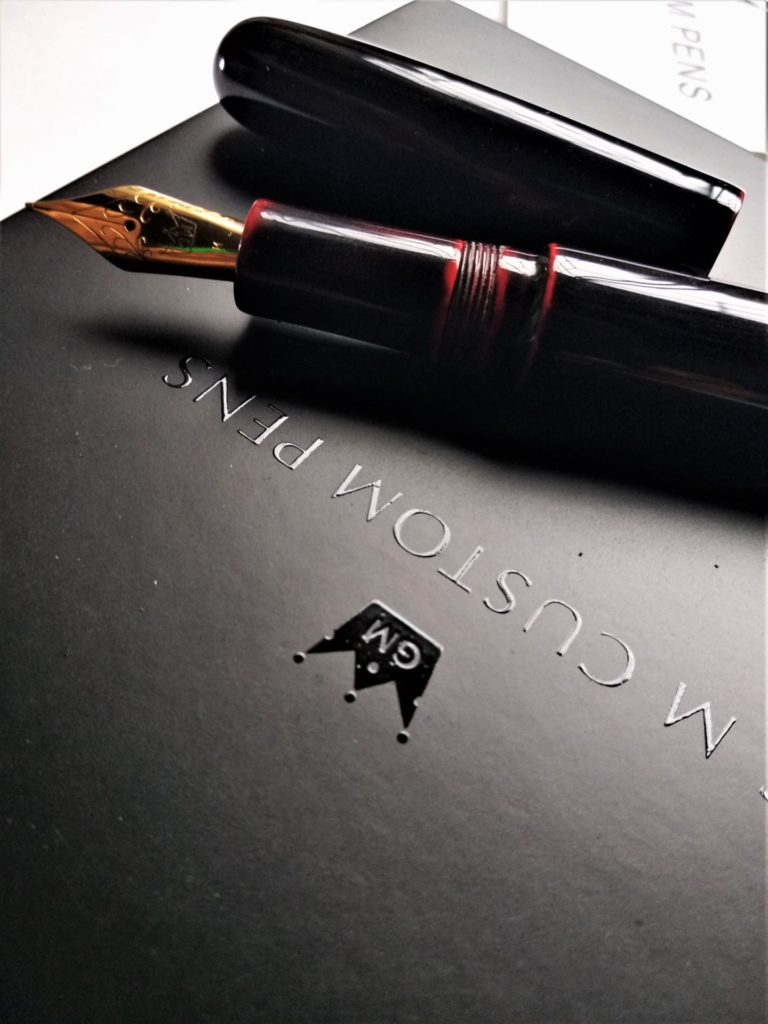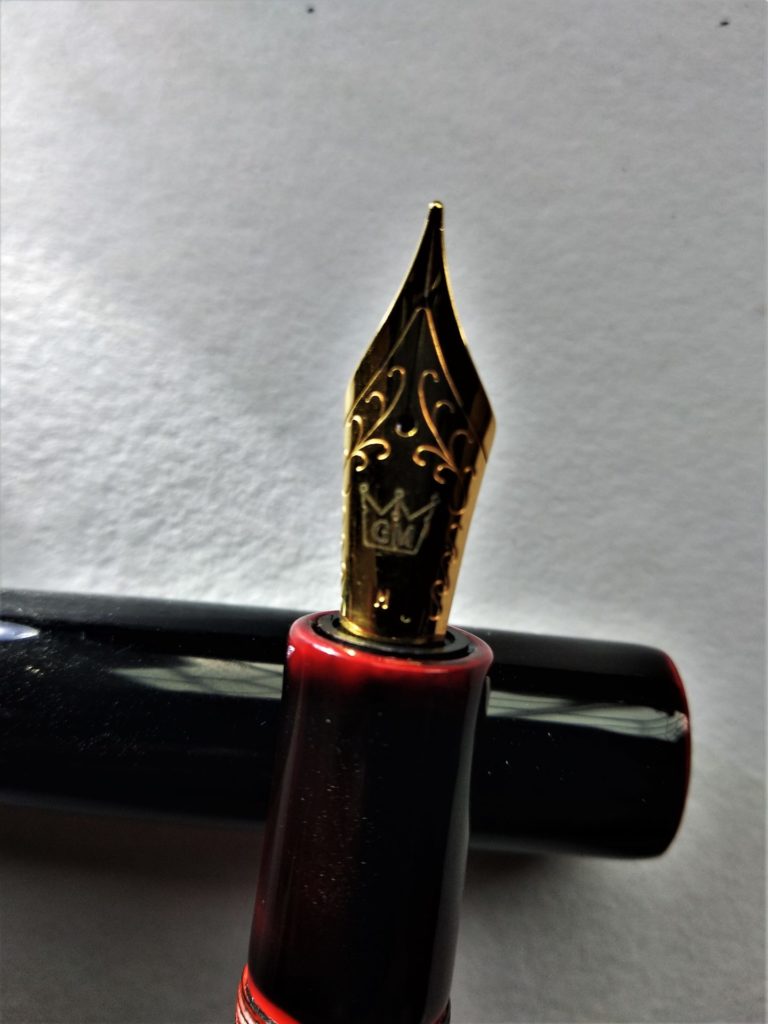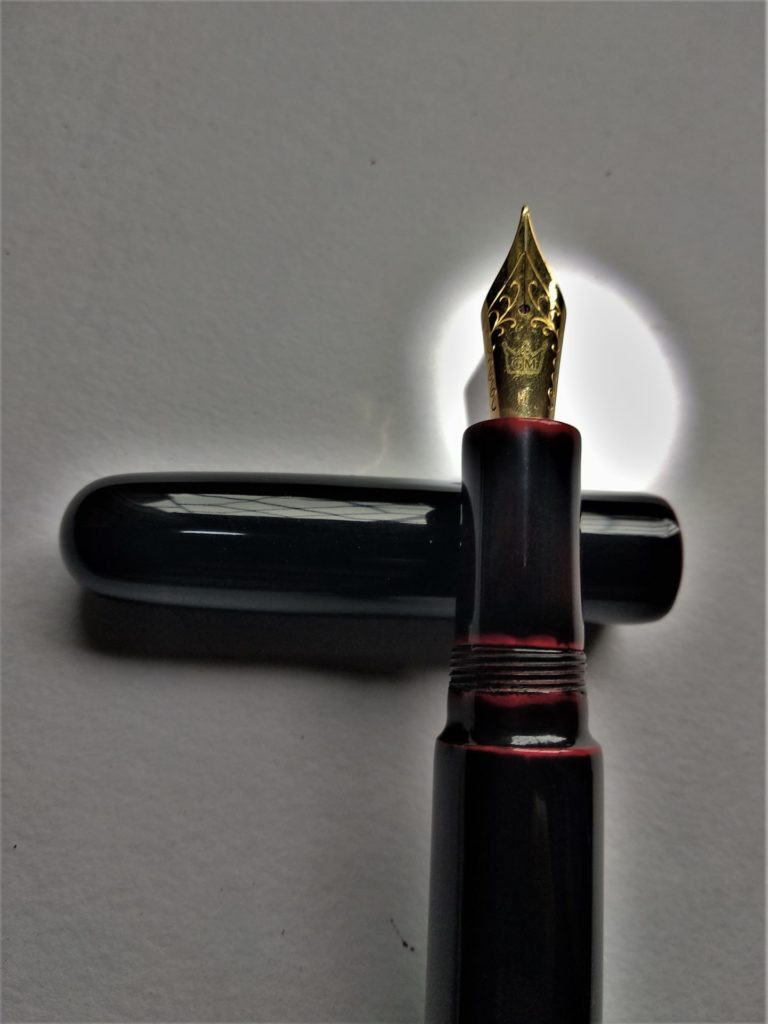

Urushi. When the Portuguese sailors had first introduced Europe to the treasures of Japanese lacquer art in the 16th century, the result was one of stunned disbelief. As a matter of fact, such was the obsession of European nobility with this intricate art form of Japan, with its subtle luminance, that even after two centuries, Marie-Antoinette was known for her fixation on the stunning collection she kept in the Versailles! Suffice to say, the term to lacquer or varnish, in French, continues to be “japonner” (to Japan).
And why not? The art claims a 7000-year-old heritage and has every characteristic that the mystical and exotic east was known for. It has deeply spiritual undertones; is perfected by craftsmen who have revered its secrets over millennia and across many generations; the basic raw material is highly noxious both when inhaled and when it comes in touch with human skin; the process of creation calling for climatic conditions that are unique; apart from the actual work being literally backbreaking, involving abnormally long periods of painstaking concentration. The end result almost unfailingly, testing divinity.
Urushi lacquer art on fountain pens is relatively newer in origin, though, the short span of time notwithstanding, the artform has turned a sizeable number of die-hards into converts around the world. An exclusive domain of the Japanese masters, I was thus pleasantly surprised when I had met Vivek Kulkarni, India’s first (and only) urushi artist, who had shown to me samples of his work. A few years since, he and his brand The Urushi Studio India, have made giant progress with his mastery and it gives me great pleasure to feature today, Urushi Studio India’s 200th commercially made fountain pen – an Aka Tamenuri (red base, overcoated with translucent urushi of deep amber colour) no less, of which I am now the proud owner.

Just how excruciating the work is, and by extension, how passionate Vivek Kulkarni is about his life’s mission to establish Urushi Studio India as a serious contender, will be clear if I just explain a few facts. The Urushi work has taken four months to complete this pen, which involved a complex process of first preparing the base surface with three coats of raw urushi – each coat being applied, dried and sandpapered before the next coat is applied. Then three coats of intermediate (Syuai) urushi were applied using the same step-by-agonising-step process, which had prepared the surface for coloured urushi application. Then four coats of red coloured urushi were applied till the desired colour tone was achieved with the necessary surface finish. This coloured surface was then sandpapered or burnished using sandpapers of different grades, leading to the creation of the desired base texture. It was only then, after the work in progress had reached a certain state of peak dryness, that the translucent urushi (deep amber in colour) was applied on the red surface. The process was repeated a number of times till the desired effect was achieved. “There is no set number, as the ultimate in any of the processes, as perfection is a continuous process” says Vivek Kulkarni of Urushi Studio India wryly, “some pens attain the peak after a comparatively few coats, while some demand many more. You only know it is done, when your heart tells you”.
And this was the easy part. For after this, the surface was again burnished, that too, with different grades of sandpaper, only on whose completion, the process of polishing had started. Raw urushi of the finest quality was rubbed on the surface, the excess being carefully scraped out using specially made Japanese paper. The pen was then cured in a bespoke humidity and temperature controlled Japanese wooden chamber called Furo. This process of application, scraping and curing, was repeated five times for the pen to get its desired feel, one that made it ready for the next step.

This was followed by the application of surface polish – a mixture of oil and special polishing powders. Polish and scraping done, raw urushi of the finest consistency was applied again, the pen was cured in the Furo where humidity was increased to mimic the ideal climatic conditions in Japan.
It was only then, after the humidity controlled curing process that is, that the final polish of the surface – with a mixture of special oils and the Migakiko polishing powder, was applied. The point to be noted here is that almost all materials used, from the urushi lacquer to the sandpapers, are imported from Japan, which itself is a time consuming, not to mention a costly affair. What needs to be stressed here, and I feel that I cannot stress it more, is that the entire process is artisanal and, time constraints and human error brought about by sheer fatigue have to be factored in. You just cannot create a work of art in an industrial scale facility, just like ten or more women cannot be employed to deliver a baby in less than a month!

Vivek Kulkarni, who has always been a fountain pen lover, stumbled into this all-consuming passion of mustering urushi in 2014. He has hardly had a free moment ever since, scaling the Fujiyama, one step at a time, never wavering from his goal of summiting. GM Custom Pens his company or Urushi Studio India, the brand that he has established, were in fact, afterthoughts – his passion was, and continues to be, the force propelling him forward. However, he does not want to be drawn into comparisons – either with his artistry or his pricing, humbly objecting to being referred to as an Urushi Master even. “I love the art form for the sake of its pure aesthetics and it has consumed me in totality. Being self-taught, I have only followed the masters, seeking to replicate their ways by following their rituals and approaching the art with the spiritual discipline that they exude, making it a way of life, a living philosophy”. For a man who has made it his crusade to establish urushi as an art form in India, and someone whose creations are being lapped up by aficionados from around the world with ever increasing prices, the words sound too humble – perhaps another reference to the ways of the Sensei.

You can visit Urushi Studio India’s Facebook page here: https://www.facebook.com/urushistudioindia
Or their Instagram page here: https://www.instagram.com/urushi_studio_india/
Watch the video: https://www.youtube.com/watch?v=SvRa1YqCP9I

The designs on the pens are extraordinary. For the pleasure of eyes.